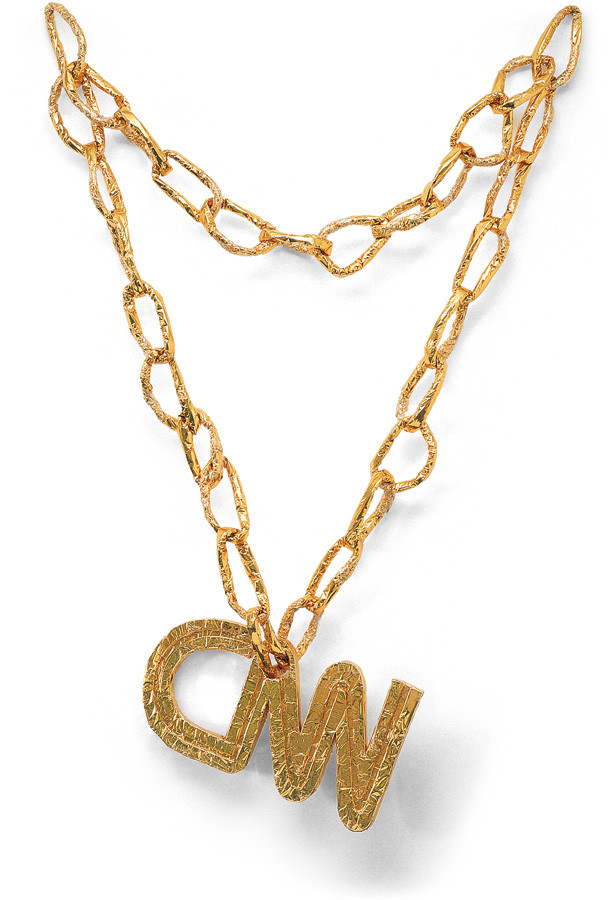Thomas Hirschhorn
Thomas Hirschhorn, born 1957 in Bern, Switzerland, lives and works in Paris. He is known for his politically engaged installations and sculptural assemblages made from everyday, often disposable materials such as cardboard, foil, plastic, and tape. Since the 1990s, Hirschhorn has developed a distinctive aesthetic rooted in “cheapness” – a deliberate embrace of low-grade materials and rough construction as a conceptual strategy that questions cultural and artistic hierarchies. His work addresses themes such as consumerism, media saturation, global inequality, and philosophy, often incorporating images of public figures, theoretical texts, and elements of pop culture. Guided by a belief in art’s potential to generate critical discourse, Hirschhorn frequently creates works intended to engage audiences beyond traditional art spaces.
CNN
2002
Published for Documenta 11
Cardboard, foil, plastic, golden wrapping paper, tape; overall size 250 x 80 x 10 cm (98½ x 31½ x 4 in). Edition of 50, signed and numbered.
This sculptural edition by Thomas Hirschhorn features a gaudy gold-painted chain with a large “CNN” pendant – an unmistakable emblem of global media. Fashioned from Hirschhorn’s characteristic low-grade materials like cardboard, foil, and tape, the piece exemplifies his strategy of "cheapness" not just as aesthetic, but as conceptual methodology. The oversized, handmade quality of the necklace references “bling” culture – luxury consumerism associated with hip-hop and pop iconography – yet it’s rendered in unmistakably crude craft, turning ostentation into critique. The use of CNN, a media titan, as the pendant ties the sculpture to themes of information saturation, power, and spectacle. As with his other “chain” pieces, Hirschhorn plays with symbolic dissonance. Here, global capitalism, pop culture, and mass media are compressed into a single, absurdly monumental object. It’s at once humorous and biting, elevating what might appear as kitsch into a complex reflection on value, representation, and the political economy of visibility.
special price € 6,000 / $6,500 shipping costs included
